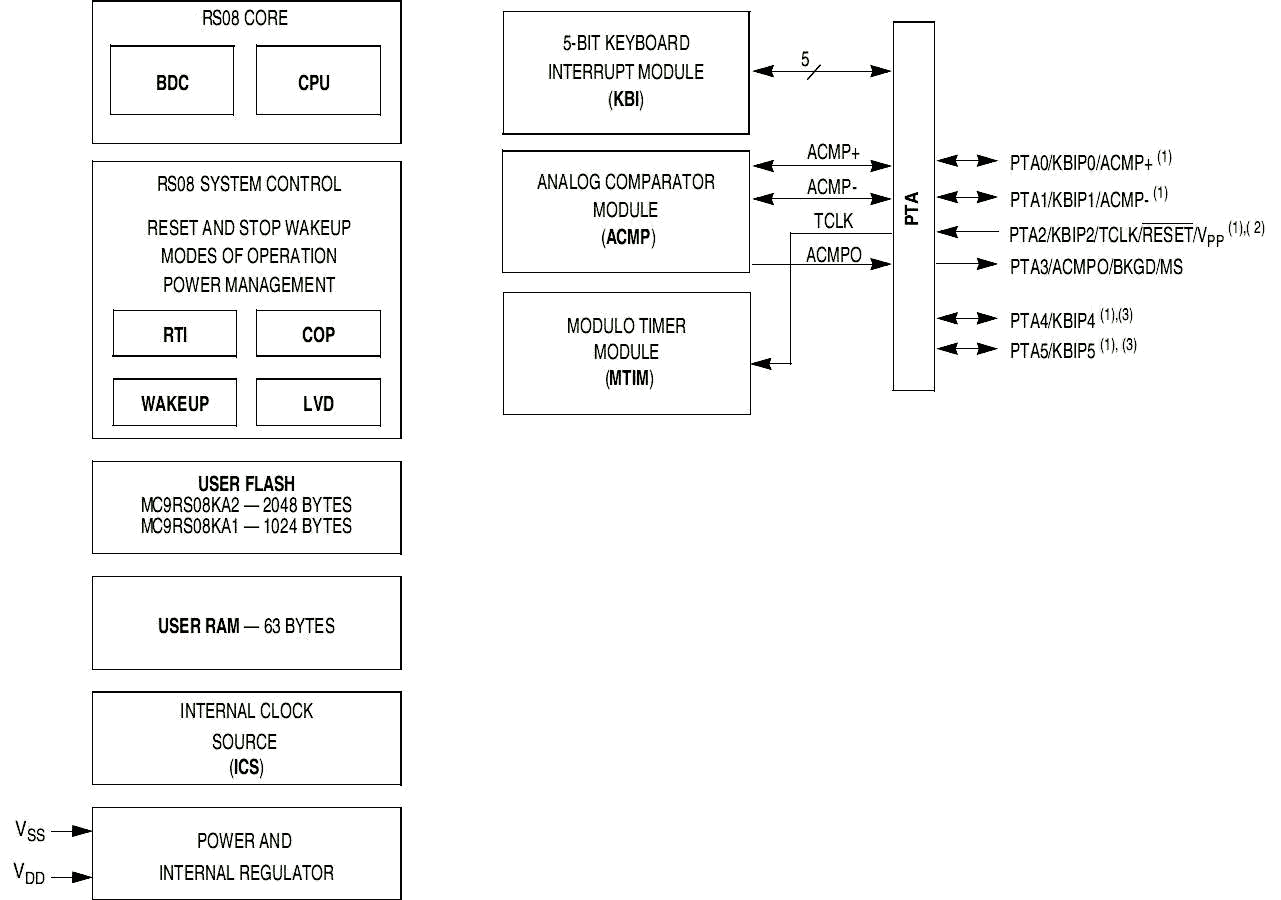With the ever-continuing push for higher functional integration, complex MCU packages with hundreds of pins are now commonplace. Chipmakers are taking advantage of the high-pin-count parts to fit everything possible either on chip or around the periphery.
But not every microcontroller design needs a lot of I/O. Internal peripherals and resources can still perform rather complex functions and need only a pin or two such as UART, I²C, PWM, or SPI. What’s more, some designs are better suited to small size, low-pin-count parts in small packages that can fit in very tight spaces. These parts may also be inexpensive enough to essentially be “throw away”. In addition, the low power capability of these processors is, as they say in personnel recruitment ads, “a plus.” The difference maker in many cases is that the small, low-pin-count MCU is able to perform functions that otherwise would take several discrete chips and circuit elements to perform.
This article looks at some very small sized microcontrollers (16 pins or less) and the ranges of features and performances at the engineer’s disposal for size-constrained, tight-fitting applications. We will examine some of the available architectures for 8-, 16-, and 32-bit parts, as well as some advanced peripherals and review the capabilities of these processors, which include mixed-signal functionality.
8-bit
Among the smallest MCUs available are parts like the 6-pin SOT-23 Atmel ATTINY4-TSHR, which houses an 8-bit RISC-based, 12 MHz architecture with up to 512 words (16 bits) of flash. The 1.8 to 5.5V parts contain a Spartan set of peripherals and resources including Power on Reset, Watchdog timer, two PWMs, one 16-bit timer/counter, and 32 bytes of RAM.
Of note is the four-channel 8-bit A/D converter and analog comparator, which lets this part be used as a dedicated capacitive touch sensor controller, motor speed controller, or general-purpose buried sensor interface for example (Figure 1). Analog sensor inputs can easily be converted to a digital value that feeds the frequency or pulse width control register of a PWM. The resulting digital signal can transit longer distances without noise, giving a remote or buried sensor the best functionality and performance.
 |
|
| Figure 1. | The peripherals inside this tiny 6-pin microcontroller provide enough sophistication and functionality to take on many mixed-signal tasks that logic alone cannot do. |
The fully static parts are in-system programmable and can live in low power and idle modes and take advantage of an on chip oscillator to keep pin counts and power draw low. Note that no communications peripherals are on chip, so bit-banged programming is required if you want to communicate with another micro with more than just a status bit.
Atmel provides a Training Module for its MCU products including its small size and low-pin-count parts.
Freescale also has a small but interesting 8-bit 6-pin micro ready for use. The MC9RS08KA2CDB has 2 K of flash and a bit more RAM (63 bytes). With tight and clever programming comes efficient use of hardware resources, and there is enough meat here to tackle a well-defined process intensive or algorithmic task (Figure 2).
 |
|
| Figure 2. | Also in a small 6-pin package, this Freescale microcontroller has a flexible multi-channel interrupt structure that can also wake up the processor using an analog comparator. |
Some nice features include a trimmable internal clock source (20 MHz) and modulo timer, with up to 10 MHz internal bus speeds. Another nice feature is the three keyboard-interrupt pins allowing it to sleep until interrupted. There is also a rail-to-rail analog compare input that can use an internal band-gap reference to generate an interrupt, letting it sleep until an analog “event” occurs.
A bigger 8-pin part is also available with two more I/Os. Both operate from 1.8 to 5.5 V and are discussed in an online training module discussing Freescale’s RS08KA2 microcontroller family. The MCU is supported by the company’s USBSpyder08 development kit and DEMO9RS08KA2 evaluation board.
